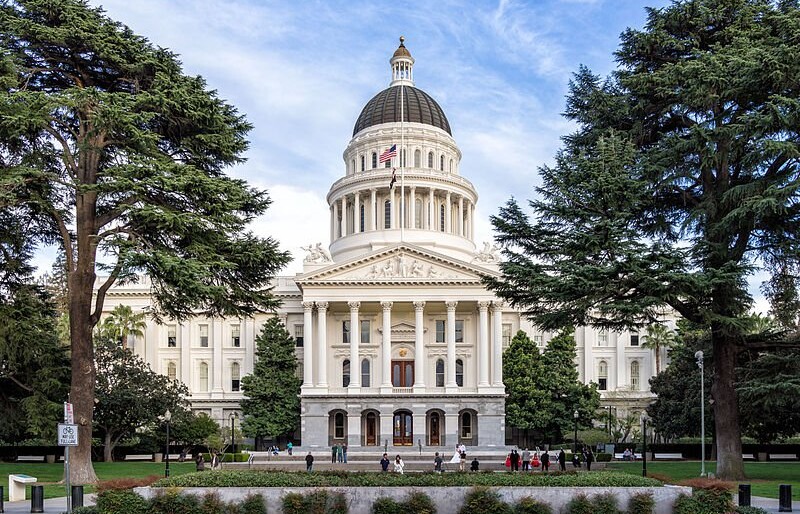By Jacques Leslie, Los Angeles Times
Highlights
- California’s cap-and-trade program alone won’t be sufficient to reach the state’s goals, including its mandate to reduce greenhouse gas emissions 40% below 1990 levels by 2030.
- Energy Innovation, a San Francisco think tank, spent more than two years developing a computer model called an Energy Policy Simulator to measure the efficacy of various policies for reaching the state’s 2030 goals. The model has six proposals that would generate $21 billion in net economic and social benefits over the next decade
- Four of Energy Innovation’s six proposals would strengthen existing policies, including increasing the cap-and-trade program’s carbon price floor from its current impotent level of $16.68 per ton of carbon emissions. A recent World Bank report recommended a $40 to $80 price range.
- The computer modelers recommend combining multiple strategies and building on existing mandates, including:
- Requiring 70% carbon-free electricity by 2030 (a 10% increase from current law)
- Increasing the state’s vehicle standard from 5 million to 7.5 million zero-emission vehicles on the road by 2030
- Requiring that 80% of new cars sold in 2030 are electric
- Accelerating building electrification, including replacing residential natural gas space and water heaters with electric heat pumps
- New initiatives are also needed such as a zero-emission standard for heat used in industrial processing, which would force the carbon-intensive cement industry to decarbonize
The Climate Center follows key legislation in California to advocate for the support and funding of key climate legislation for rapid decarbonization.

Stacey Meinzen
Communications ManagerStacey Meinzen has nineteen years of experience as a communications and research professional.

